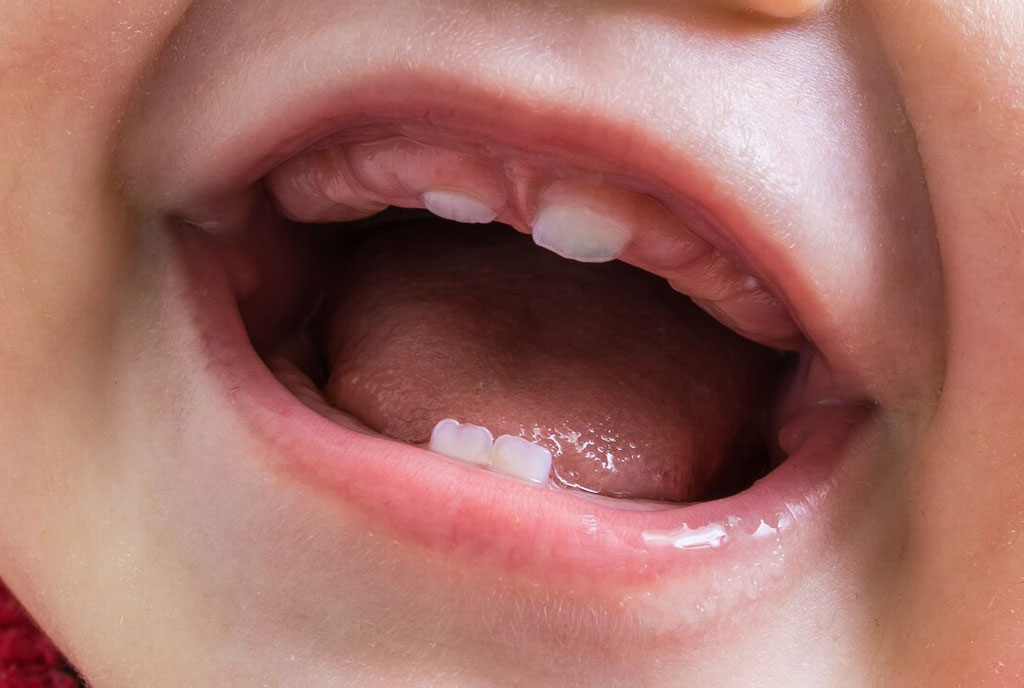Why treat milk teeth

What you need to know:
- Having routine dental visits and checkups so that your dentist can provide you with more information on this and other dental issues.
Milk teeth are the first set of teeth that appear in a child at about five to six months of age which later fall out. It should be noted that each of the teeth have a specific time in the mouth and, therefore, they should be cleaned, treated and monitored until they fall out of the mouth.
Between 12 and 14 years of age, one is expected to have removed all the milk teeth and only has permanent teeth in place. It should be noted that some milk teeth can stay too long in the mouth due to other facts which can only be established during routine dental checkups. These checkups are encouraged as soon as the child turns one month of age.
There are various treatment options for milk teeth depending on the extent of the disease. If the tooth cannot be saved, then it will be removed. Removing teeth does not encourage the growth of a replacement, therefore, the wait for the replacement might be longer if a tooth is removed earlier than its scheduled time.
The most important reasons why milk teeth are treated and not hurriedly removes include the fact that they are used to cut, crush and grind food. The child’s immunity is boosted by what they eat. Therefore, food can only be digested by the body well if it is crushed by the teeth.
The other reason is to guide the eruption of the ones meant to replace the space. Each milk tooth guides the direction of path of the next tooth. If there is no guidance, then most of the teeth will fall out of line.
Having routine dental visits and checkups so that your dentist can provide you with more information on this and other dental issues.
Dr John Paul Okim,
Dental surgeon, Aga Khan University Hospital




